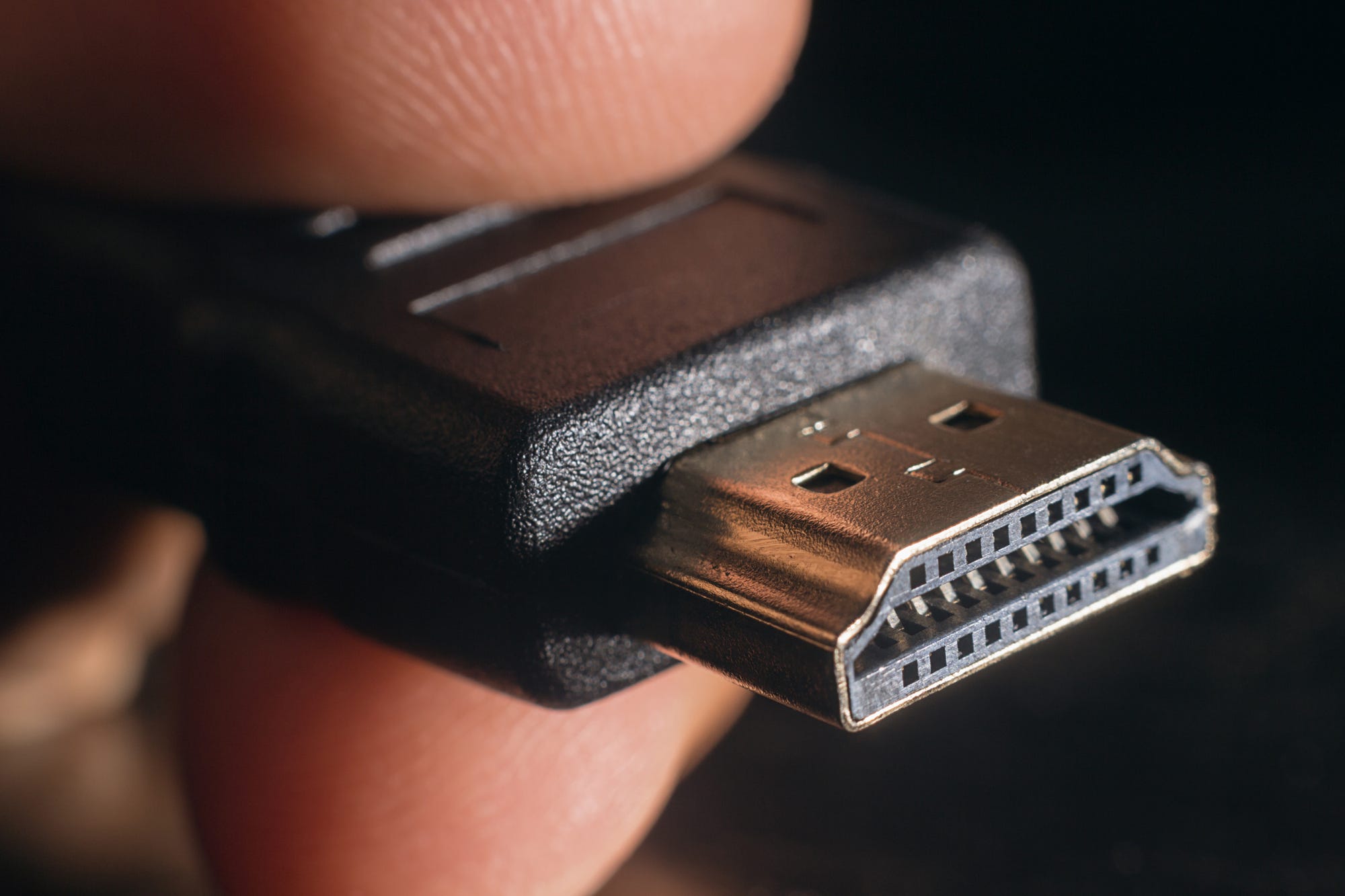
HDMI cables are an essential part of our everyday lives; we use HDMI to connect just about all of our home entertainment products. In fact, no one is really sure how we all survived before the days of HDMI. But, of course, HDMI has gone through its own evolution over the years. Although you may not realize it, HDMI cables have changed as audio/video standards changed. In fact, HDMI's ability to adapt to new resolution needs has helped it remain the standard in audiovisual data transfer for so long. There have been 5 updates in the HDMI standard since its initial release.
HDMI 1.0
The first release of HDMI was in 2002 (yes, 20 years ago!) and offered a tremendous breakthrough by allowing the transfer of both video and audio over a single cable. We all know that this quickly transformed home entertainment cabling. HDMI 1.0 allowed for data transfer up to 4.95 Gbps with a video resolution of 1080p at 60 frames per second. It could also transfer 8 channels of 192kHz/24-bit uncompressed audio. This was sufficient for playback of any standard Blu-ray video and audio content.
HDMI 1.1/1.2
The next HDMI updates were admittedly not that exciting, but made HDMI more versatile. HDMI 1.2 supported DVD audio, YCbCr color space, as well as low voltage sources like PC video cards using PCI Express. This update also brought the Type A HDMI Standard connector that we all know and love. This 19-pin connector is now found on almost all gaming consoles, TVs, computers, DVD players, monitors, projectors, or any electronic device able to transfer audiovisual data.
HDMI 1.3/1.3a
The HDMI 1.3 update markedly increased the bandwidth capabilities to 10.2 Gb per second. This may not seem important, but can make a big difference when it comes to high resolution, data-packed content that needs to stream seamlessly. This update also increased color depth to up to 16-bit per channel, also known as "Deep Color". It also added xvYCC color space support, and support for Dolby TrueHD and DTs-HD Master Audio formats. The HDMI Mini Type C connector was also released with HDMI 1.3 which is used on many small devices such as videocameras.
HDMI 1.4/1.4a
This update added support for HDMI Ethernet Channel, or HEC. It also increased video resolution capabilities, allowing for transfer of 3840 x 2160 at 30Hz and 4096 x 2160 at 24 Hz. HDMI 1.4 also added the Audio Return Channel, or ARC, and saw the release of the HDMI Micro Type D connector used in mobile phones.
HDMI 2.0
In 2013, the HDMI 2.0 update was released, which increased the major data transfer capabilities of HDMI. The total bandwidth was increased to 18 Gb per second, video resolution went up to 4K at 60 Hz, and support for 32 audio channels was added. HDMI 2.0 also added 8b/10b signal encoding and support for ultra-wide 21:9 cinema aspect ratio.
HDMI 2.1
The current update is HDMI 2.1, which was released in 2017. HDMI now supports data transfer up to 48 Gb per second and resolutions up to 10K at 120 fps, dynamic HDR, Display Stream Compression (DSC) 1.2a, and Enhanced Audio Return Channel, or eARC.






